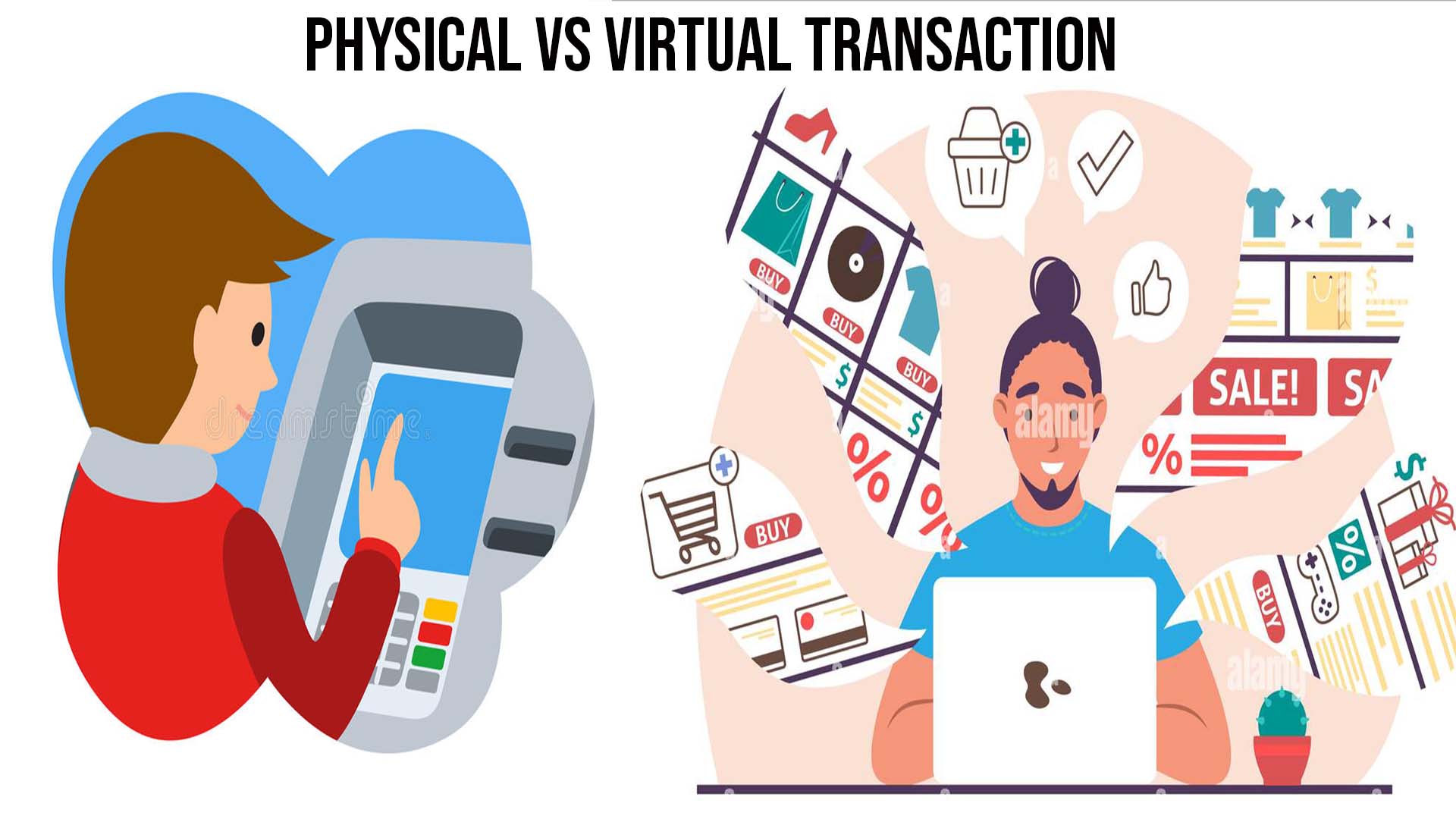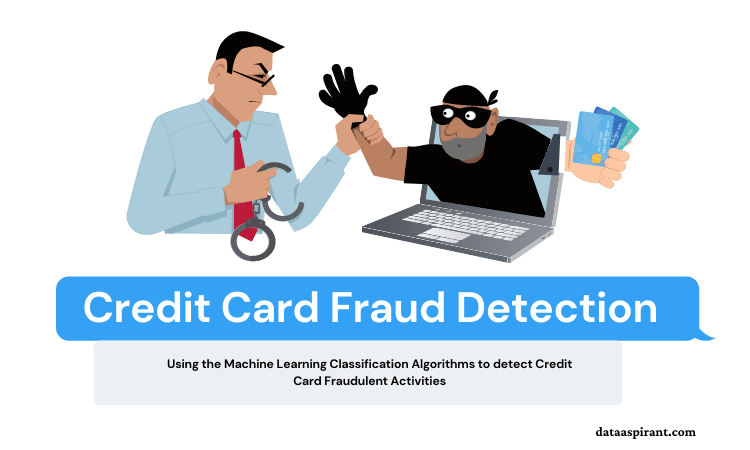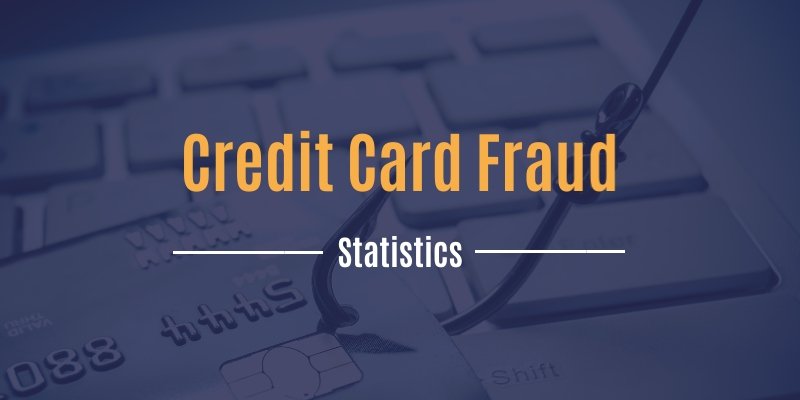
Alvin Quashie
The purpose of this study is to investigate fraud detection techniques which have been used to detect fraudulent transactions. As time evolves fraudsters are consistently changing their tactics and strategies in order to be able to scam huge institutions and people of influence. How has machine learning been used to decrease the chances of organisations being duped. Financial fraud is very detrimental to society as the economy of a country is at stake when these criminals are able to gain control of these huge financial institutions. Most criminals often steal the identities of others to commit these crimes therefore this study is to present how machine learning models have been used to address identity theft and fraud.

Alvin Quashie

“Identity Theft is the fraudulent practice of using another person’s name, perasonal information and data in order to obtain credit, loans, property etc.”

In a tangible card purchase, the consumer directly provides his card to the retailer for payment. In a tangible card purchase, the consumer directly provides his card to the retailer for payment. A fraudster would need to capture the credit card in order to carry out unauthorised financial transactions in this case. On the other hand, with card not present payments only a few key details about the card such as the card number, expiration date, and security code is necessary to complete the transaction.

Fraud detection refers to a collection of procedures used to prevent money or property from being acquired under false identities. This study outlines some machine learning techniques that are used in order to achieve this purpose.

The Federal Trade Commission received more than 2.1 million fraud reports from consumers in 2020, according to newly released data, with imposter scams remaining the most common type of fraud reported to the agency. Nearly $1.2 billion of losses reported last year were due to imposter scams, while online shopping accounted for about $246 million in reported losses from consumers.
Machine Learning (ML) is a branch of Artificial Intelligence (AI) that allows computers to learn from previous knowledge (data) and improve their predicting abilities without being specifically programmed to do so.
This research focuses on the application of the following supervised ML algorithms for credit card fraud detection: Decision Tree, Random Forest, Artifcial Neural Network, Naive Bayes and Logistic Regression. In this work, a credit card fraud dataset generated from European credit cardholders is utilized
Machine
Learning
Techniques
Used
The experiments were carried out in two folds. In the first step, a classifcation process was conducted using F = {v1, v2, v3, v4, v5}. For each feature vector in F, the following methods were trained and tested: RF, DT, ANN, NB and LR. The results are depicted in Tables 2, 3, 4, 5, 6. As shown in Table 2, both the ANN and the RF algorithms obtained the highest test accuracy (TAC) of 99.94% using v1. However, the RF method obtained the best results in terms of precision. In Table 3, the results that were obtained using v2 demonstrate that the best model is the RF approach with an accuracy of 99.93%. In Table 4, the RF method also obtained the best fraud detection accuracy of 99.94% using v3. Table 5 presents the results that were achieved by v4 whereby the DT obtained an accuracy of 99.1% and a precision of 81.17%. Table 6 depicts the outcomes that were obtained when using v5. In this case, the RF attained a fraud detection accuracy of 99.98% and precision of 95.34%. In comparison to the results obtained by v1, v2, v3 and v4; v5 obtained the best results. Moreover, looking at the outcomes presented in Tables 2, 3, 4, 5, 6, the NB method under performed in terms of Recall, Precision and F1-Score.
In this research, a GA based feature selection method in conjunction with the RF, DT, ANN, NB, and LR was proposed. Te GA was implemented with the RF in its ftness function. Te GA was further applied to the European cardholders credit card transactions dataset and 5 optimal feature vectors were generated. Te experimental results that were achieved using the GA selected attributes demonstrated that the GA-RF (using v5) achieved an overall optimal accuracy of 99.98%. Furthermore, other classifers such as the GA-DT achieved a remarkable accuracy of 99.92% using v1. Te results obtained in this research were superior to those achieved by existing methods. Moreover, we implemented our proposed framework on a synthetic credit card fraud dataset to validate the results that were obtained on the European credit card fraud dataset. Te experimental outcomes showed that the GA-DT obtained an AUC of 1 and an accuracy of 100%. Seconded by the GA-ANN with an AUC of 0.94 and an accuracy of 100%. In future works, we intend to use more datasets to validate our framework.
Results Of the Tests Carried Out
Slide 1 image (max 2mb)
Slide 1 video (YouTube/Vimeo embed code)
Image 1 Caption
Slide 2 image (max 2mb)
Slide 2 video (YouTube/Vimeo embed code)
Image 2 Caption
Slide 3 image (max 2mb)
Slide 3 video (YouTube/Vimeo embed code)
Image 3 Caption
Slide 4 image (max 2mb)
Slide 4 video (YouTube/Vimeo embed code)
Image 4 Caption
Slide 5 image (max 2mb)
Slide 5 video (YouTube/Vimeo embed code)
Image 5 Caption
Slide 6 image (max 2mb)
Slide 6 video (YouTube/Vimeo embed code)
Image 6 Caption
Slide 7 image (max 2mb)
Slide 7 video (YouTube/Vimeo embed code)
Image 7 Caption
Slide 8 image (max 2mb)
Slide 8 video (YouTube/Vimeo embed code)
Image 8 Caption
Slide 9 image (max 2mb)
Slide 9 video (YouTube/Vimeo embed code)
Image 9 Caption
Slide 10 image (max 2mb)
Slide 20 video (YouTube/Vimeo embed code)
Image 10 Caption
Caption font
Text
Image (max size: 2mb)
Or drag a symbol into the upload area
















Image description/alt-tag
Image caption
Image link
Rollover Image (max size: 2mb)
Or drag a symbol into the upload area
















Border colour
Rotate
Skew (x-axis)
Skew (y-axis)
Image (max size: 2mb)
Or drag a symbol into the upload area
















Image description/alt-tag
Image caption
Image link
Rollover Image (max size: 2mb)
Or drag a symbol into the upload area
















Border colour
Rotate
Skew (x-axis)
Skew (y-axis)
Image (max size: 2mb)
Or drag a symbol into the upload area
















Image description/alt-tag
Image caption
Image link
Rollover Image (max size: 2mb)
Or drag a symbol into the upload area
















Border colour
Rotate
Skew (x-axis)
Skew (y-axis)
Image (max size: 2mb)
Or drag a symbol into the upload area
















Image description/alt-tag
Image caption
Image link
Rollover Image (max size: 2mb)
Or drag a symbol into the upload area
















Border colour
Rotate
Skew (x-axis)
Skew (y-axis)
Image (max size: 2mb)
Or drag a symbol into the upload area
















Image description/alt-tag
Image caption
Image link
Rollover Image (max size: 2mb)
Or drag a symbol into the upload area
















Border colour
Rotate
Skew (x-axis)
Skew (y-axis)
Image (max size: 2mb)
Or drag a symbol into the upload area
















Image description/alt-tag
Image caption
Image link
Rollover Image (max size: 2mb)
Or drag a symbol into the upload area
















Border colour
Rotate
Skew (x-axis)
Skew (y-axis)